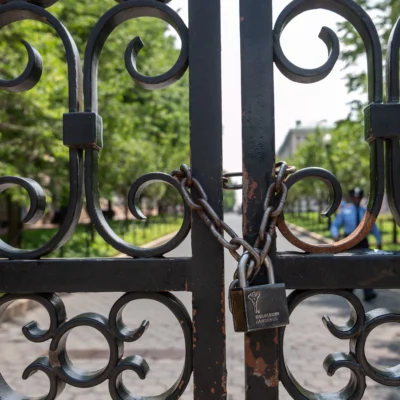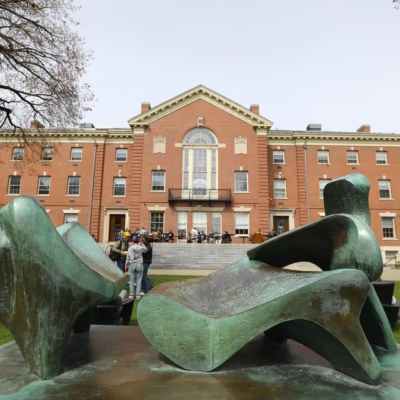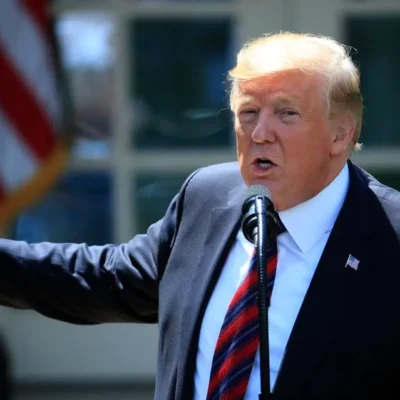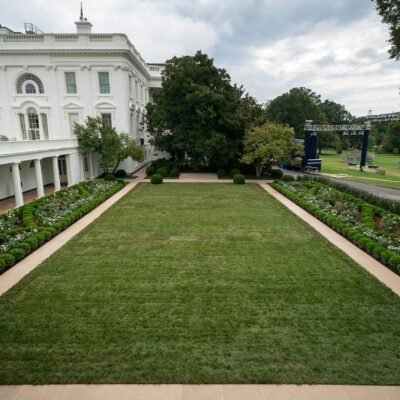In a move that has sparked debate and drawn public attention, the Smithsonian Institution recently explained why a reference to former President Donald Trump was removed from an impeachment-related exhibit. The decision has led to discussions about censorship, political bias, and how institutions handle sensitive historical content.
This article explores the full story behind the Smithsonian’s decision, its explanation, and the broader conversation it has triggered about the role of museums in presenting politically charged topics.
Background: What Was the Exhibit About?
The Smithsonian’s National Museum of American History is known for curating exhibits that reflect key moments in American political history. One of its exhibits focuses on the U.S. Constitution and features a section dedicated to the impeachment process. This educational display explains how impeachment works, its constitutional basis, and notable cases throughout American history.
Originally, this section of the exhibit included a reference to Donald Trump, the only U.S. president to be impeached twice—once in 2019 and again in 2021. The display briefly mentioned the circumstances of each impeachment and showed materials related to both trials.
However, visitors recently noticed that the Trump reference had been removed. This sparked questions from the public, media, and even some lawmakers.
Smithsonian’s Explanation: A Design Update, Not Censorship
In response to growing scrutiny, the Smithsonian issued an official statement clarifying the reason behind the removal. According to the institution, the Trump reference was taken down as part of a routine update and redesign of the exhibit, which had been planned for months.
A Smithsonian spokesperson said:
“We periodically rotate and refresh exhibit content to maintain visual clarity and accommodate new educational materials. The reference to former President Trump’s impeachment was temporarily removed to allow for updates to the design. It will be reintroduced with additional context once revisions are complete.”
The museum emphasized that the removal was not politically motivated and that the updated display would offer a more comprehensive explanation of all four presidential impeachments in U.S. history: Andrew Johnson, Richard Nixon (who resigned before a vote), Bill Clinton, and Donald Trump.
The Public Reaction: Skepticism and Support
Despite the Smithsonian’s statement, the decision has received mixed reactions from the public and political figures.
Criticism and Accusations of Political Bias
Critics of the removal argue that taking Trump’s name out of the exhibit—especially when his impeachments are so recent—amounts to political censorship. Some conservative commentators and political analysts questioned the timing and motive, especially as the U.S. enters another presidential election season.
Senator Ted Cruz tweeted:
“Removing Trump from the Smithsonian impeachment exhibit isn’t ‘routine.’ It’s historical revisionism. We should preserve history, not erase it.”
Some visitors also expressed concern that such edits, even if temporary, could erode public trust in how museums handle factual information.
Support for the Smithsonian’s Approach
On the other hand, others defended the Smithsonian’s decision, noting that museums often rotate content to update or improve exhibits. Museum professionals and educators pointed out that such updates are essential for maintaining clarity, accuracy, and educational value.
Amy Williamson, a professor of Museum Studies, explained:
“Museums are not static institutions. Exhibits are regularly revised, redesigned, or relocated for educational purposes. A temporary removal does not imply erasure. It’s a sign of curatorial responsibility.”
Several social media users also supported the idea of updating the exhibit to better reflect the broader context of presidential impeachments rather than focusing solely on Trump.
The Trump Impeachments: A Quick Recap
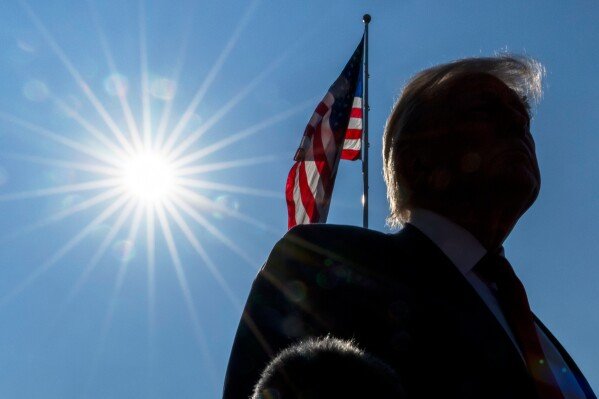
To understand the importance of including Trump in the exhibit, it’s essential to revisit the events that led to his two impeachments:
First Impeachment (2019)
Cause: Accused of abuse of power and obstruction of Congress for pressuring Ukraine to investigate Joe Biden.
Outcome: Acquitted by the Senate in February 2020.
Second Impeachment (2021)
Cause: Accused of incitement of insurrection following the January 6 Capitol riot.
Outcome: Acquitted again, but the trial made Trump the only president in U.S. history to be impeached twice.
These events are critical components of modern American political history and have had a lasting impact on public discourse, presidential accountability, and electoral politics.
Why This Matters: Museums and Historical Responsibility
The debate surrounding the Trump reference in the impeachment exhibit goes beyond politics. It raises questions about the responsibilities of museums in presenting history.
Accuracy vs. Neutrality
Museums must balance factual accuracy with perceived political neutrality. Including Trump’s impeachments is historically accurate. However, the way information is presented can influence how audiences perceive political figures.
Timeliness and Updates
As new information becomes available, or as public understanding evolves, exhibits often require updates. But removing content before replacements are ready can lead to confusion or suspicion.
Trust and Transparency
People trust institutions like the Smithsonian to present truthful and unbiased information. When changes are made—especially to sensitive content—clear communication is vital to maintaining that trust.
What’s Next for the Exhibit?
According to the Smithsonian, the updated impeachment exhibit will return with expanded content, providing more context on all four cases. This redesign is expected to offer visitors a better understanding of:
- The constitutional basis of impeachment
- Differences between each impeachment case
- The political and social consequences of each trial
The museum has not given a specific timeline for when the revised exhibit will be unveiled, but curators assure the public that Trump’s impeachments will not be excluded from the final version.
Lessons for the Public and Institutions Alike
The Smithsonian’s decision and the reaction to it highlight important lessons for both public institutions and citizens.
For museums: Transparency matters. Clear, proactive communication can prevent misunderstandings and backlash.
For the public: Curatorial decisions often involve complex planning and aren’t always politically motivated.
For educators: This incident can be a teaching moment about how history is documented, displayed, and debated.
Conclusion: A Reminder That History Is Always Being Written
The controversy over the removal of a Trump reference from an impeachment exhibit may seem like a small issue, but it touches on bigger themes: how we preserve history, how we talk about contentious political events, and how institutions can maintain both truth and trust.
As the Smithsonian prepares to relaunch its updated exhibit, all eyes will be on how it presents one of the most divisive chapters in recent American history. Regardless of politics, one thing is clear—when it comes to historical truth, even temporary changes can leave a lasting impression.
Do Follow USA Glory On Instagram
Read Next – Witkoff Gaza Aid Visit Highlights UN Safety Concerns


